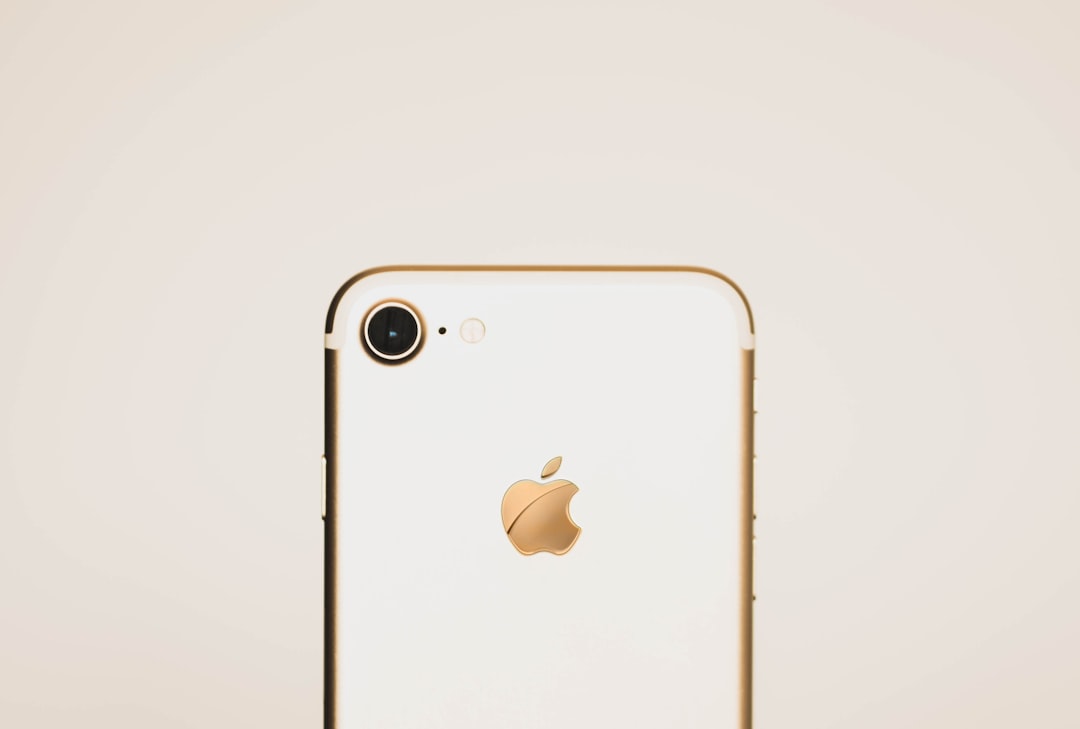
Apple has taken an unusual step to defend its position in China’s smartphone market: offering rare discounts on its latest iPhone 16 series. From January 4 to 7, customers in China can enjoy reductions of up to 500 yuan ($68.50) on select models when using specific payment methods. This highlights the growing pressure Apple faces in the world’s largest smartphone market.
Discount Details: Navigating Economic Challenges
The discounts apply across multiple models:
iPhone 16 Pro Max: Original price 9,999 yuan, discounted by 500 yuan
iPhone 16 Pro: Original price 7,999 yuan, discounted by 500 yuan
iPhone 16 Plus: Discounted by 400 yuan
iPhone 16: Discounted by 400 yuan
These promotions come as China’s economy shows signs of slowing, with deflationary pressures and cautious consumer spending. In November, the country’s consumer inflation hit a five-month low, highlighting the challenges for discretionary spending. For additional context on economic trends, refer to the Economics Calendar API.
Competition Heating Up: The Huawei Factor
Apple’s decision also underscores a response to intensified competition from local rivals, particularly Huawei. After re-entering the premium smartphone segment in August 2023, Huawei has gained significant traction with its advanced locally-made chipsets and aggressive pricing strategies. Over the weekend, Huawei cut prices by as much as 3,000 yuan on several high-end devices through popular e-commerce platforms.
This resurgence is reflected in market data:
Huawei’s Q3 smartphone sales surged by 42% year-over-year.
In contrast, Apple’s sales dipped by 0.3% over the same period, despite recovering its position among China’s top five vendors after falling out in Q2 2024 (source: IDC Research).
To analyze the consumer electronics industry trends, the Individual Industry Classification API offers insights into how key players like Apple and Huawei perform against their peers.
Apple’s China Strategy: Short-Term Gains or Long-Term Play?
While the discounts may boost short-term sales, Apple’s broader challenge lies in maintaining relevance amid the growing dominance of local competitors who are adapting faster to the preferences of Chinese consumers. Offering value-added services, tailoring features for the local market, and leveraging Apple’s brand prestige could be critical in this battle.
Conclusion
Apple’s rare iPhone discounts reflect the delicate balance of sustaining market share in an increasingly competitive landscape. With Huawei’s momentum and China’s economic headwinds, 2025 will likely test Apple’s ability to innovate—not just in technology but in strategy.
ntent Here

